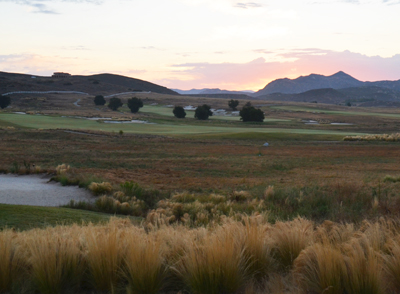5585 Guilford Road • Madison, WI 53711-5801 • 608-273-8080 • Fax 608-273-2021
www.agronomy.org
Twitter | Facebook
NEWS RELEASE
Contact: Hanna Jeske, Associate Director of Marketing and Brand Strategy, 608-268-3972, hjeske@sciencesocieties.org
How do they make the grass on golf courses so smooth?
Mar. 22, 2018 –As you watch the Masters Tournament, your eye may be drawn to more than the legends on the greens. What about the greens themselves? The March 22nd Sustainable, Secure Food blog explains the painstaking labor needed to make the golf courses so perfectly smooth and green.
 “Creating and maintaining a golf course–even just a putting area–is best left to the professionals!” says blog author Thomas A. Nikolai, Michigan State University. Nikolai reveals five steps in creating a golf course green:
“Creating and maintaining a golf course–even just a putting area–is best left to the professionals!” says blog author Thomas A. Nikolai, Michigan State University. Nikolai reveals five steps in creating a golf course green:
- Select the best type of grass for your climate and growing conditions.
- Mow—a lot! This replicates the original greenskeepers on golf courses, grazing rabbits and sheep. A height of merely 0.189 inch is considered ideal.
- Fertilize so the grass will grow well and spread to barren areas.
- Use a sand topdressing, worked into the grass canopy, to keep the surface firm and smooth.
- Roll with it. That is, use a mechanical roller to smooth the surface and increase ball speed.
That kind of commitment is impressive! But Nikolai says so are the results: “A smooth surface that results in longer ball roll and increased customer satisfaction.”
To read the complete blog, visit Sustainable, Secure Food at https://sustainable-secure-food-blog.com/2018/03/22/how-do-they-make…ourses-so-smooth/.